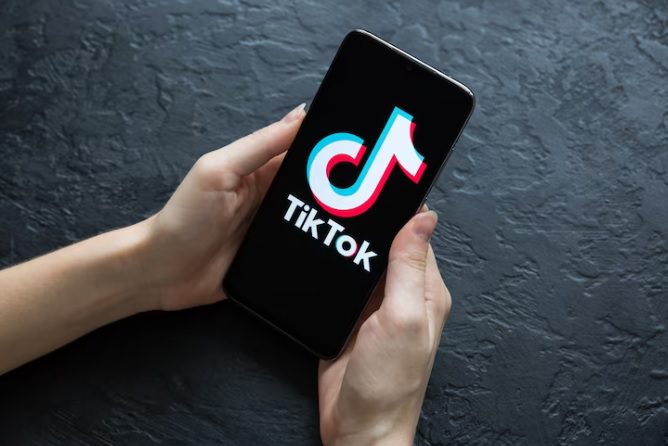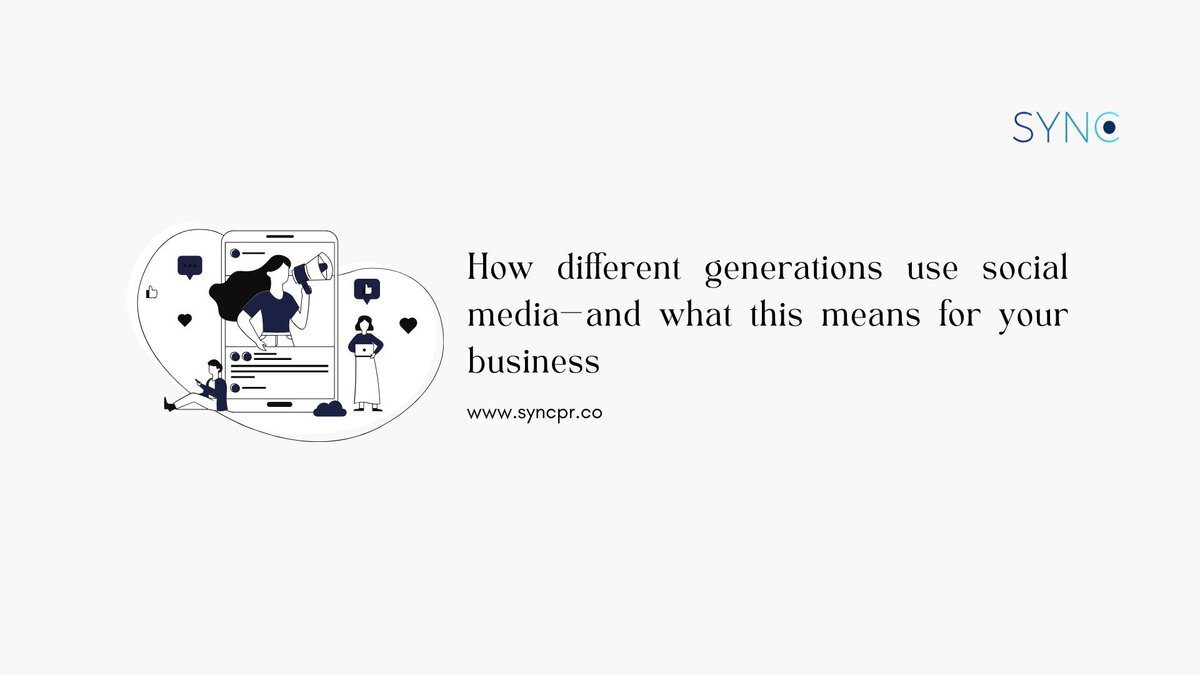Different generations use social media differently, so if you are planning to reach different generations on social media for business growth in 2024, you need a robust strategy,
Social media usage has increased exponentially over the last few years. Worldwide, there is a consensus that it will only continue to increase further. With the creation and popularity of TikTok alone, which saw a 100 per cent user growth over the pandemic and quarantine, it is undeniable that social media usage is seemingly inevitable. But what does this mean for your business? This increases the opportunity for you to engage with your target audience. On top of that, with more people of all age groups and demographics using social media, this is a prime opportunity for your business to learn more about your target audience and their behaviours on social media to optimise your social media marketing strategies.
What is generational marketing and how to reach different generations on social media?
Tailoring your marketing strategy to reach different generations on social media is a part of generational marketing, which requires an understanding of the different values of the different age groups and collective beliefs and experiences within each group. While individuals may have different opinions and worldviews, generational marketing looks at the overall stereotypes and statistics to help modify and optimise your marketing strategies. Generational marketing and data can help marketers develop a stronger market message, maintain relevance on social media and be useful in times of market expansion.

Importance of tailoring strategies to reach different generations on social media
There are numerous reasons why your business should consider tailoring your social media strategies to include generational preferences to reach different generations on social media. Firstly, it helps your business to understand what roles social media play in a customer’s purchasing journey and decision. Some tactics can put off your potential customers from continuing with a purchase, while others may encourage their loyalty to your brand.
Secondly, your understanding of generational preferences can help your business to align your social media strategies with your target demographics. It is essential to find out what your target market values more to attract the right people. For example, to reach different generations on social media, it is important to understand that different age groups may view graphic design as more or less important in dictating their purchasing decisions.
Finally, understanding your target audience’s social media usage and behaviour can help you to stay relevant in your social media marketing strategies. Trends in social media impact different generations and demographics differently, which makes it all the more important for your business to research your target audience better.
Baby Boomers on social media
Despite their slower adoption of social media in their everyday lives due to various barriers such as digital literacy and a general sense of reluctance, many Baby Boomers have naturally embraced social media in their everyday lives and claim to keep using it consistently in 2024. This generational cohort has the highest purchasing power and is highly motivated by good deals and loyalty to brands that deserve it. Their social media usage often leads to online shopping, especially on Facebook, and are particularly drawn to helpful customer service interactions on social media platforms. Ease of use is also an important factor for this older cohort, and they prefer a more no-nonsense approach to social media messaging.
Businesses that target Baby Boomers should be aware that their most used platforms are Facebook and YouTube, while the strategies to market to this age group should involve easy-to-understand graphics and straightforward messaging that can catch their attention instantly. Creative and unique designs are not a priority for this, and will often go underappreciated, but factual information like helpful features of products, or ease of access such as direct links to purchase, will more likely attract customers.
Generation X on social media
Generation X (Gen X) grew up during a time of recession, which heavily impacted their behaviour online. This age group is more cautious with their spending habits online and can be quite hesitant to adopt new changes. They are easily influenced by elements of nostalgia, which can be helpful to inform your business’ generational marketing strategy.
Gen X also depend on word of mouth and reviews from people they know to inform their purchase decisions, relying little on influencers online. Based on their age and time spent in the workforce, this age group also has a significantly higher purchasing power than Millennials and Generation Z. However, they are less likely to spend like Baby Boomers on online shopping due to their more guarded spending habits. Since diverse age groups react and engage in different ways with various social media platforms, to reach different generations on social media, you need tailored strategies.
To market to and influence Gen X, you will need to employ trustworthy channels with a good reputation in the industry and provide loyalty programmes with considerable incentives like discounts, coupons and freebies to provide value for this generation. Appealing to their love of nostalgia may also help to increase interest in your marketing efforts. On top of that, this age cohort uses Facebook, YouTube and Instagram in their daily rotation, and prefers to be marketed with concise messages and clear paths to purchase just like the Baby Boomers.
Millennials on social media
One of the first generations to have grown up surrounded by modern technology is the Millennial. As such, they are more tech-savvy than the previous two generations and are more likely to try new budding social media platforms. This means that generational marketing for Millennials requires a multichannel approach, as they are active on numerous platforms and may seek different information on each platform. This generational cohort is known to appreciate authentic brand messaging and is more inclined to seek out and support brands that loudly support a cause they believe in.
Their loyalty to brands is more based on their personal values and emotional connection than Boomers and Gen X, which is why authenticity and trust are of utmost importance in brand identity and marketing for this generation. Hence, to attract more Millennial customers, User Generated Content (UGC) and word-of-mouth reviews should be employed as these are more trustworthy for this age group. Millennials can be found flocking on most social media platforms due to their tendency to try new things, but their most used platforms are Facebook, YouTube, X and Instagram. They can also be found on TikTok, Snapchat and Threads.
Also read: How to use Instagram reels for brand growth in 2024?
Generation Z on social media
Finally, Generation Z is the most tech-savvy and diverse generation on social media. They are the first generation to be raised as digital natives as they have never known a world before modern technology. Surprisingly, this generation values financial stability much more than previous generations despite their younger age. Their purchasing behaviours are heavily influenced by reviews and recommendations through social media, though not exclusively from influencers. With the rise of TikTok, reviews from regular everyday users of products and services can easily go viral and reach this target market. Despite their awareness of spending money, Generation Z is the least likely of the age groups to sign up for loyalty programmes.

Like the Millennials, Generation Z social media users are hyper-aware of social causes and it also dictates their support for brands and products. On top of that, due to their love for engagement on social media, this age group has a particular affinity for social selling techniques, which involves brands developing relationships with their target audience as part of their sales and marketing process.
Brands that have great social media presence and engagement are more likely to attract their attention and gain their trust. Generation Z prefers to be on TikTok, Instagram, Snapchat, and YouTube. Generation Z is also more visual and is attracted to visual elements, which is where your graphic design elements can help attract customers. This also means that you need to include more short videos and interactive elements in your marketing strategy to be able to attract their attention. Remember, to reach different generations on social media, an all-size-fits-all will never work.
Also read: 5 social media tools every PR pro should know about
Reach different generations on social media in 2024

